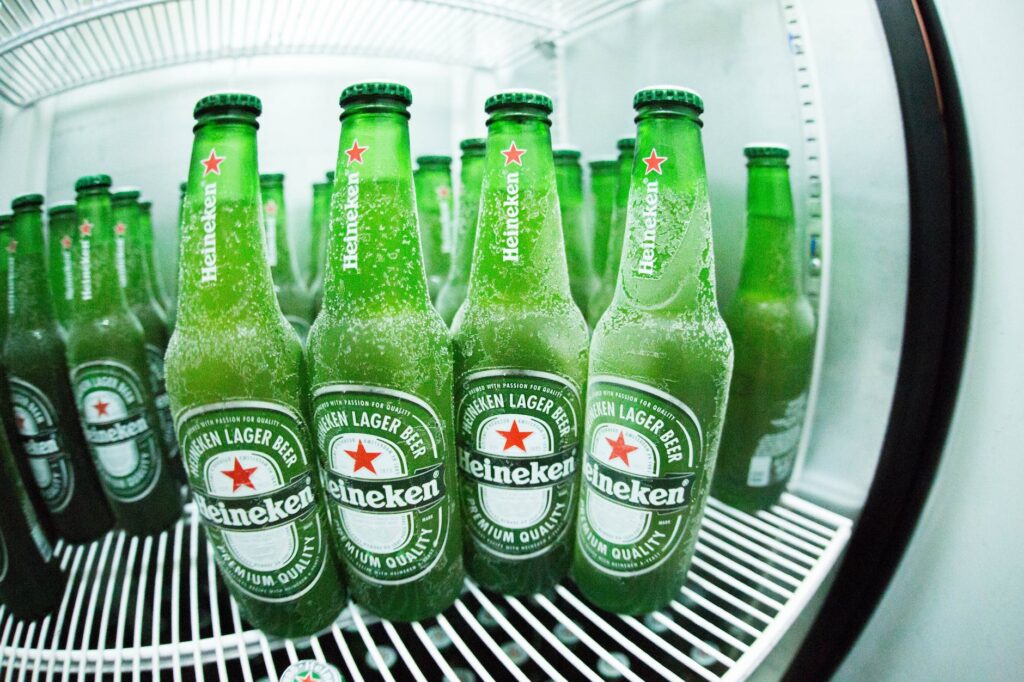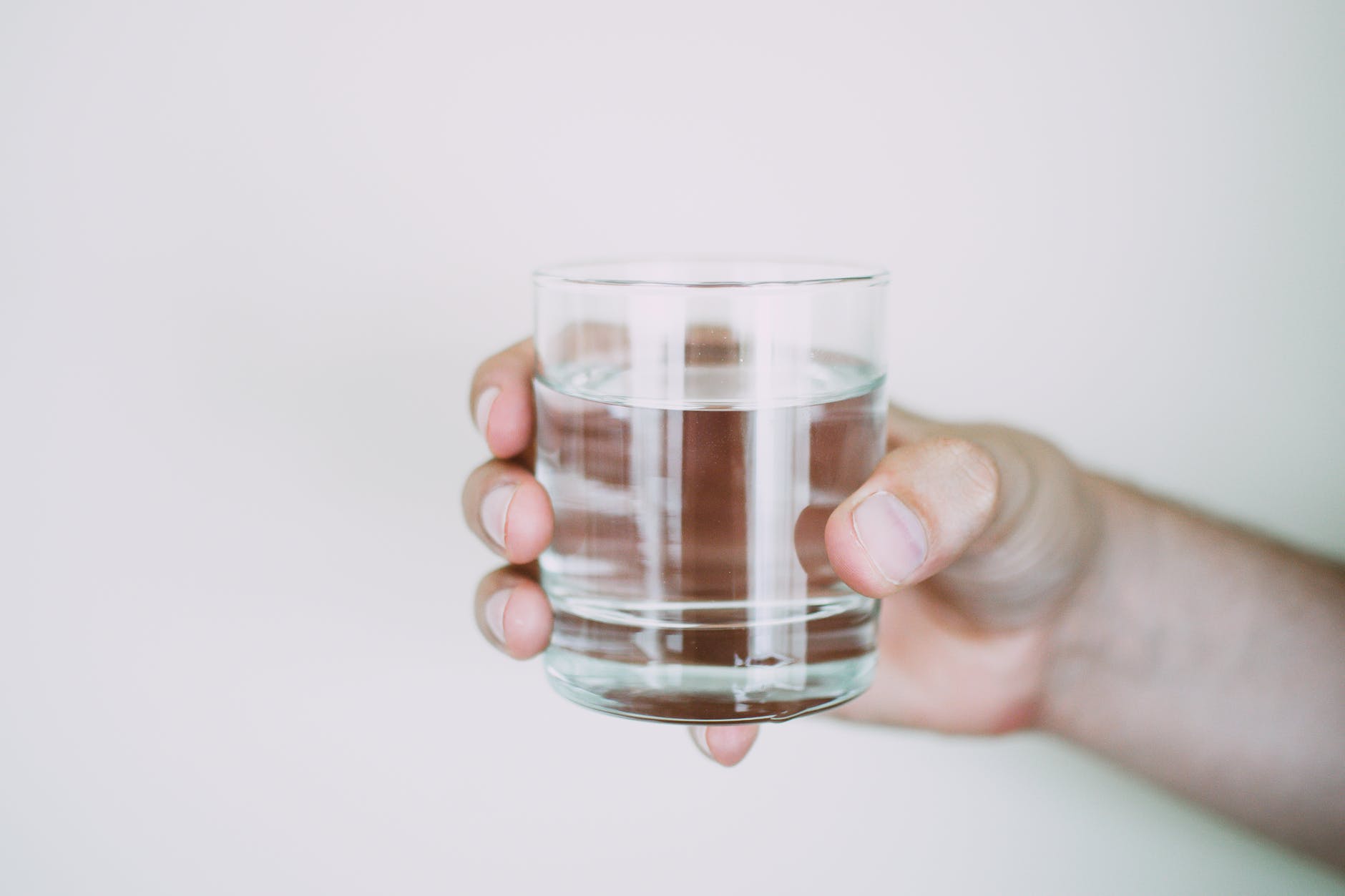Before we get into your best alternatives for minimizing and removing Cellulite, it’s crucial to understand what we’re dealing with.
Dimples… When we see them on a baby, we think they’re adorable.
But when we notice comparable skin abnormalities on our thighs or backside, the story changes…
Cellulite, sometimes known as “cottage cheese” or “orange peel” due to its appearance, is one of the most unwanted and misunderstood disorders.
While Cellulite affects both men and women, it is much more common in women – studies show that up to 90% of women will acquire Cellulite on their buttocks and thighs during their lives (compared to 10% of males).

Don’t be fooled by the manipulated pages of fashion magazines! Even “picture-perfect” Hollywood superstars have this unattractive problem (they just have teams of skin specialists and art directors to assist them in covering it!).
101 on Cellulite
Cellulite is classified into three categories.
Soft Cellulite, as the name suggests, is spongy and soft to the touch and gives the skin a bumpy appearance.
Soft Cellulite, which is frequently associated with varicose veins, is particularly noticeable in regions where fat accumulates, such as the upper arms and legs. This type of Cellulite tends to worsen with age or weight gain and is exacerbated by a lack of muscle tone. Improved circulation and skin tone, as well as weight loss, will benefit in general.
Thighs, abdomen, buttocks, and arms are all affected.
The average age of onset of Cellulite is from 30 to 40 years old in women.
Hard Cellulite: This type of Cellulite is more common in younger women and is typically present around the hips and upper thighs.
The appearance of grainy or dimpled skin, similar to orange peel, that does not move while the body is in motion is an indication of hard Cellulite.
Affected areas include the outer thighs and hips, knees, and back, as well.
Average beginning age: Adolescence; without early treatment, hard Cellulite may never be eradicated.
Edematous Cellulite: This is the least prevalent type of Cellulite and is frequently the most difficult to treat. Edematous Cellulite typically develops as a result of inadequate circulation and substantial fluid retention.
This kind of Cellulite is more common in the legs and is characterized by pasty skin that can be uncomfortable when touched.
Affected areas: Thighs and knees might be affected, although lower legs lose definition the most frequently.
What Are the Causes of Cellulite?
Why do we get thighs labeled “cottage cheese” or “orange peel”? Unfortunately, there is no single solution. Cellulite can be caused by hormone changes, heredity, weight gain, and other factors, but here’s the kicker:
Many active and healthy women say that Cellulite persists despite proper nutrition and exercise.
Though nutrition and lifestyle choices have an impact on cellulite growth, toxins and fat that accumulate in the body play a significant role. Cellulite is mostly caused by a combination of variables and is not caused by just one.
The following are the eight most common causes of Cellulite:
1 Spending All Day at Your Desk
If your workday consists primarily of looking at a screen with little to no activity, you might be at risk of various health issues, including Cellulite. Small behavioral adjustments, on the other hand, might have a big impact. We advocate standing up at your desk for a portion of the day or simply taking short breaks to move around your office.
2 Lack of exercise
By following a strength training and cardiovascular program, you will be able to reduce body fat and build muscle tone, both of which will help to diminish the appearance of Cellulite.
3 Genetics
No matter how hard you try to avoid Cellulite, there may come a time when you just have to accept that it is the genetic card you were dealt. You would have a higher-than-normal probability of developing Cellulite if your mother and grandmother had it.
4 Diet
Poor eating habits (including excessive alcohol, caffeine, and spicy meals) might contribute to cellulite formation because the toxins they create become trapped in the fatty tissue.

5 Hypohydration
Because the human body is made up of roughly 60% water, it stands to reason that dehydration plays a significant part in cellulite production. Inadequate water intake can result in toxic accumulation in fat cells that are difficult for the body to digest (and adds to the cottage cheese texture of Cellulite).
6 A Leaky Stomach
Undigested food particles can enter the tight connections of cells and tissues through small pores in the gut lining. This can be extremely stressful and damaging to the body, and it will respond by clustering these poisons into insulated cellular pockets, thereby exacerbating the appearance and volume of Cellulite.
7 Stress
Stress can cause muscles to tense up and the connective tissue that surrounds the muscle to freeze. Cellulite might occur as a result of improper waste elimination and purification.
8 Squeezed Clothes
This one may come as a surprise. While compression leggings allow us to “suck it all in,” other tight-fitting garments might have the opposite effect by cutting off circulation. Cellulite can occur as a result of restricted blood supply.
Is it possible to get rid of Cellulite?
Cellulite can have an impact on your confidence and self-esteem, but is it a permanent condition?
The top three most efficient techniques to make Cellulite scream for its mother are listed below.
1. Regular Exercise
Consistency is essential in everything significant. However, the sort of activity you do is also important for cellulite removal.
Slow and low-impact cardiovascular exercise alone will have little effect. You must add strength training into your routines to build muscle tone (while decreasing body fat) in order to get rid of Cellulite.
We offer a workout routine that focuses on the lower body and a minimum of strength training twice a week, with different exercises performed on both days.
Excellent glute and thigh exercises include:
- Curls of the hamstrings
- Step-ups onto a flat gym bench
- Lunges (include walking lunges and stationary lunges)
- Squats
- Deadlifts with stiff-legged legs
Perform 12 to 15 reps on each exercise, and alternate between three different exercises on each lower body day.
2. Eat to Get Rid of Cellulite
First and foremost, simply lowering weight will not erase all Cellulite. Do not (I repeat, DO NOT) undertake any form of crash diet. This can cause your body to store fat and may worsen the appearance of Cellulite.
Your best strategy is to incorporate cellulite-reducing foods and beverages into your diet. With these nutritional options and proper exercise, you can nibble your way to a smoother-looking body.
The following are our top ten cellulite-fighting foods:
Green Tea
Green tea increases metabolism, which limits fat absorption and helps with glucose regulation, making it an excellent choice of food for anyone looking to enhance their health. Furthermore, it includes theobromine, which encourages the release of stored fats in the body.
Salmon
Salmon contains omega-3 fatty acids, which are ” appetite suppression and has low-level inflammation, as well as repair and strengthen skin tissue and fibers.”
Broccoli
Each broccoli floret includes a potent combination of beauty-enhancing vitamins and minerals. It is particularly high in alpha lipoic acid, which can prevent collagen in the body from stiffening and so prevent Cellulite from forming in the first place.
Apple Cider Vinegar
If you don’t like the taste, mix a cup of organic apple cider vinegar with a twist of lemon in 8 oz of water. This mixture functions as a digestive tonic, aiding in the elimination of harmful bacteria in the intestines, the flushing of toxins, and the relief of water retention around the thighs and stomach, all of which contribute to the reduction of the appearance of Cellulite.

Water
Toxins, in addition to heredity, are some of the most common causes of Cellulite. Toxins impair the suppleness of our skin and restrict circulation, preventing our bodies from completely detoxifying. Drinking enough water is vital for assisting our bodies’ natural detox process and flushing pollutants!
Asparagus
Because of its anti-inflammatory effects, many celebrities swear by eating asparagus before walking the red carpet. It also helps to drain out toxins that cause Cellulite by stimulating blood circulation.
Berries
Eating antioxidant-rich berries like raspberries, blueberries, and blackberries is a great method to assist your body in getting rid of pollutants. In the morning, sprinkle a handful over your cereal or blend it into a low-fat smoothie.
Garlic
Garlic is well-known for its ability to decrease blood cholesterol while also acting as an immune system booster and natural antimicrobial. This not only improves overall health but also promotes blood circulation, allowing the body to flush out toxins and fight Cellulite.
Watermelon
The stunning ruby-red hue of this superfruit is due to lycopene, a particularly strong antioxidant. This component not only improves blood circulation (which may reduce the appearance of Cellulite), but it can also protect against heart disease. Win-win situation!
Spinach
Do you want to improve your skin and lose weight? Learn about spinach. It’s abundant in vitamin A, which helps to produce collagen, a protein that strengthens, smoothes, and fills out the skin (reducing the appearance of Cellulite).
To Conclude
It is usually advisable to visit a doctor who knows and treats the disease before undergoing any cosmetic treatments. Your outcomes are determined by the ability and experience of the individual doing the treatment.
Dermatologists are skin specialists who understand the skin and what lies beneath it. A dermatologist who specializes in cellulite therapy can advise you on the best treatment option for you.
